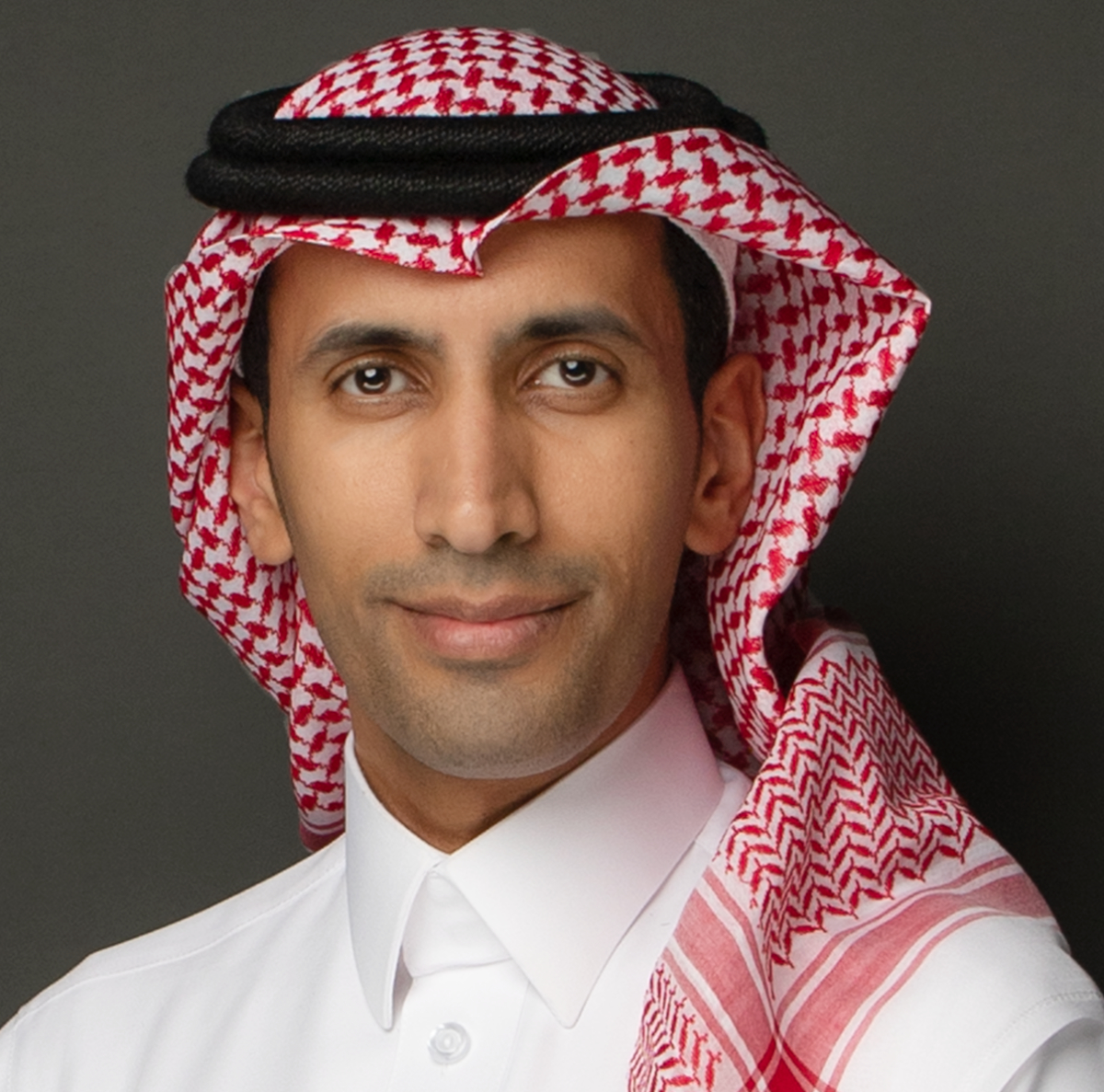RIYADH: The Saudi Ministry of Human Resources and Social Development has cut hiring costs for domestic workers from several countries.
These countries include the Philippines, Sri Lanka, Bangladesh, Uganda, Kenya and Ethiopia, the ministry announced on Jan. 15.
The maximum that recruitment companies can charge has been reduced for the Philippines from SR15,900 ($4,239) to SR14,700, Sri Lanka from SR15,000 to SR13,800, Bangladesh from SR13,000 to SR11,750, Kenya from SR10,870 to SR9,000, Uganda from SR9,500 to SR8,300, and for Ethiopia from SR6,900 to SR5,900.

Mohammed Al-Rizqi, spokesperson at HRSD ministry.
The ministry has set limits for workers from other nations including Sierra Leone at SR7,500, Burundi at SR7,500, and Thailand at SR10,000, not including value added tax.
The ministry said the aim of the revised pricing is to improve the competitiveness of the country’s labor market.
HIGHLIGHTS
• The ministry has set limits for workers from other nations including Sierra Leone at SR7,500, Burundi at SR7,500, and Thailand at SR10,000, not including value added tax.
• It said the aim of the revised pricing is to improve the competitiveness of the country’s labor market.
• It has urged all operators to abide by the new regulations and stressed it would ensure compliance through the Musaned platform.
The ministry urged all operators to abide by the new regulations and stressed it would ensure compliance through the Musaned platform.
Mohammed Al-Rizqi, spokesperson at the ministry, said the Musaned platform was introduced by the government to streamline recruiting, with pricing being adjusted for the first time since 2022.
Al-Rizqi said all services on the platform are reviewed periodically, including the data of 32 countries that are listed.













